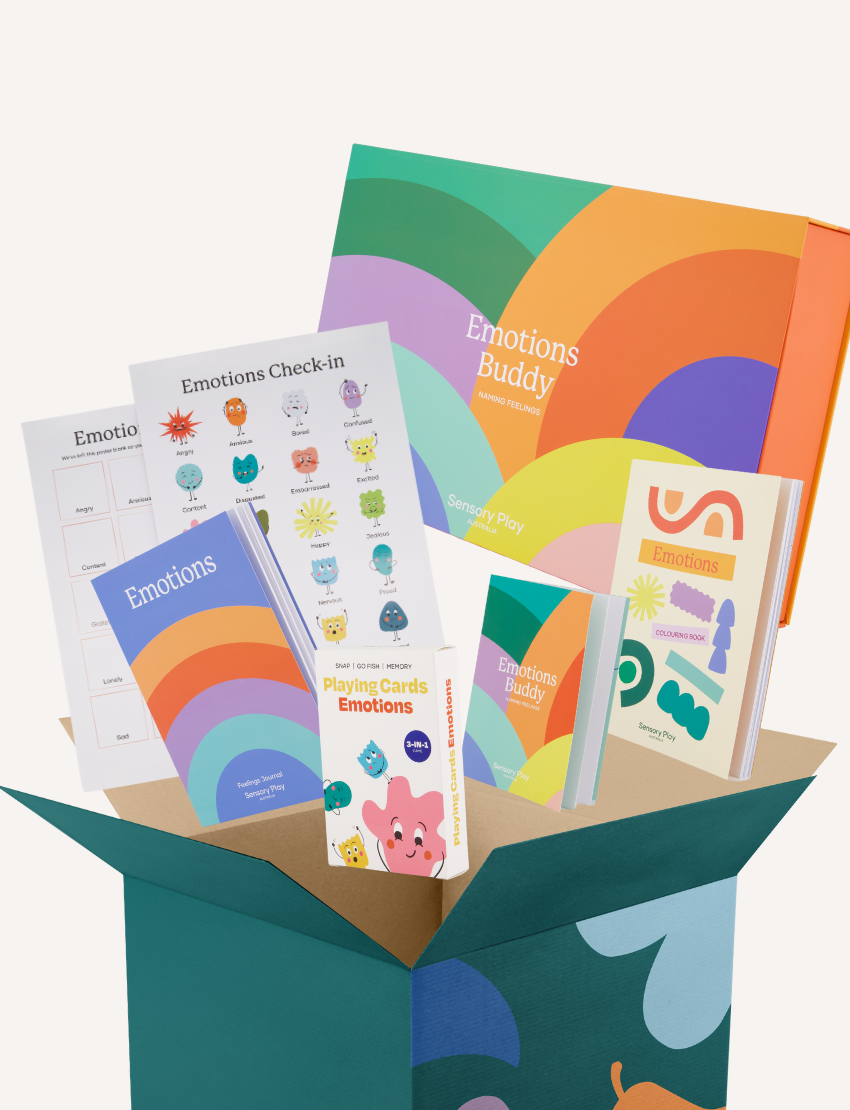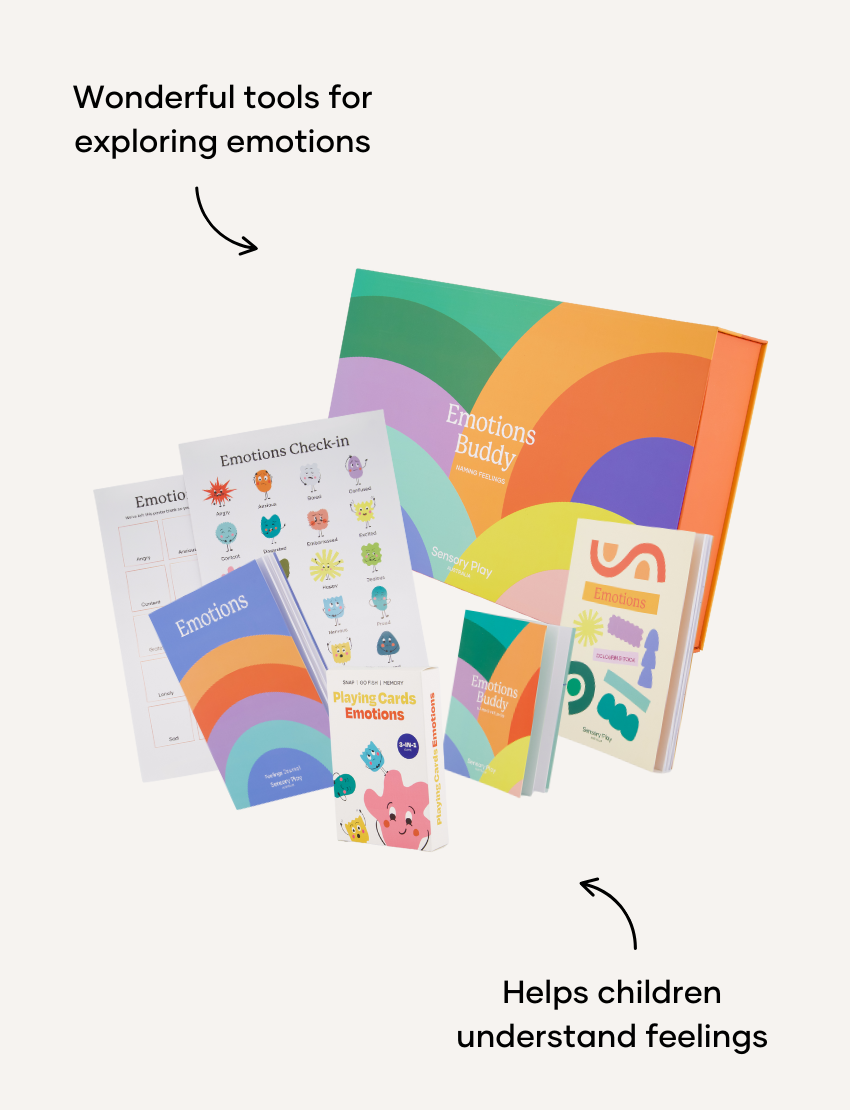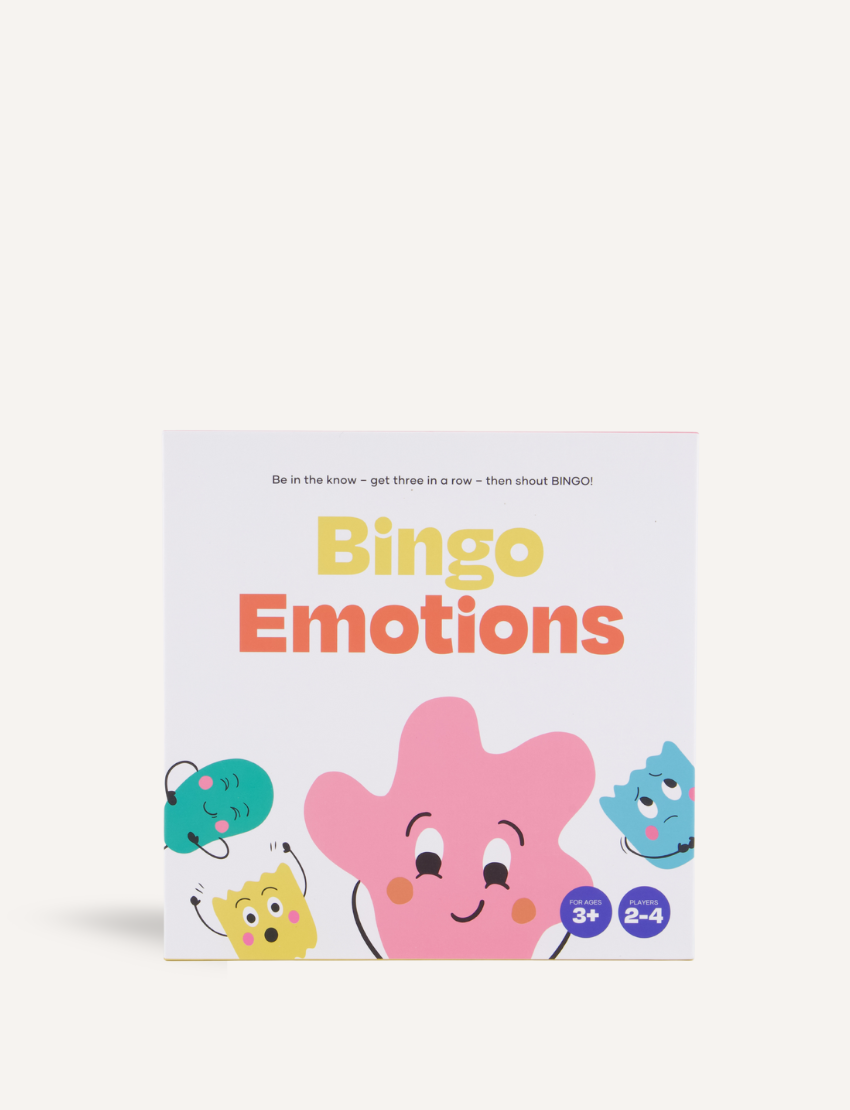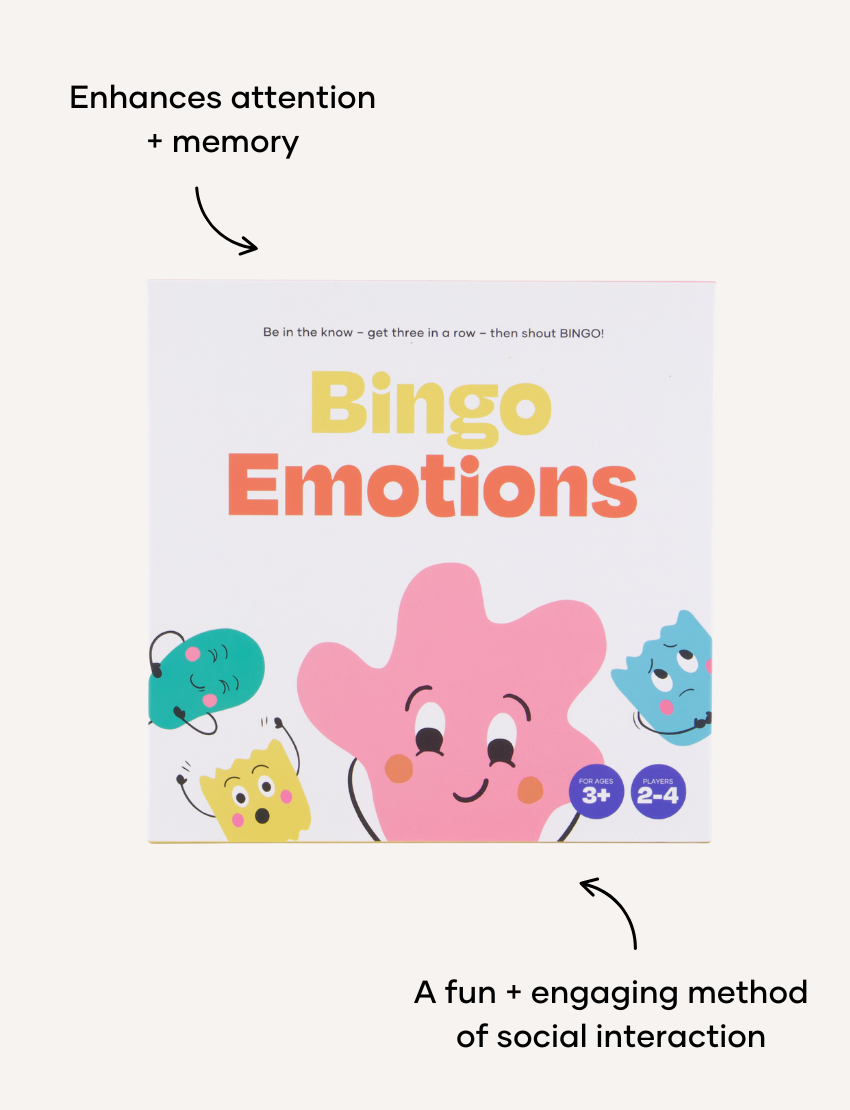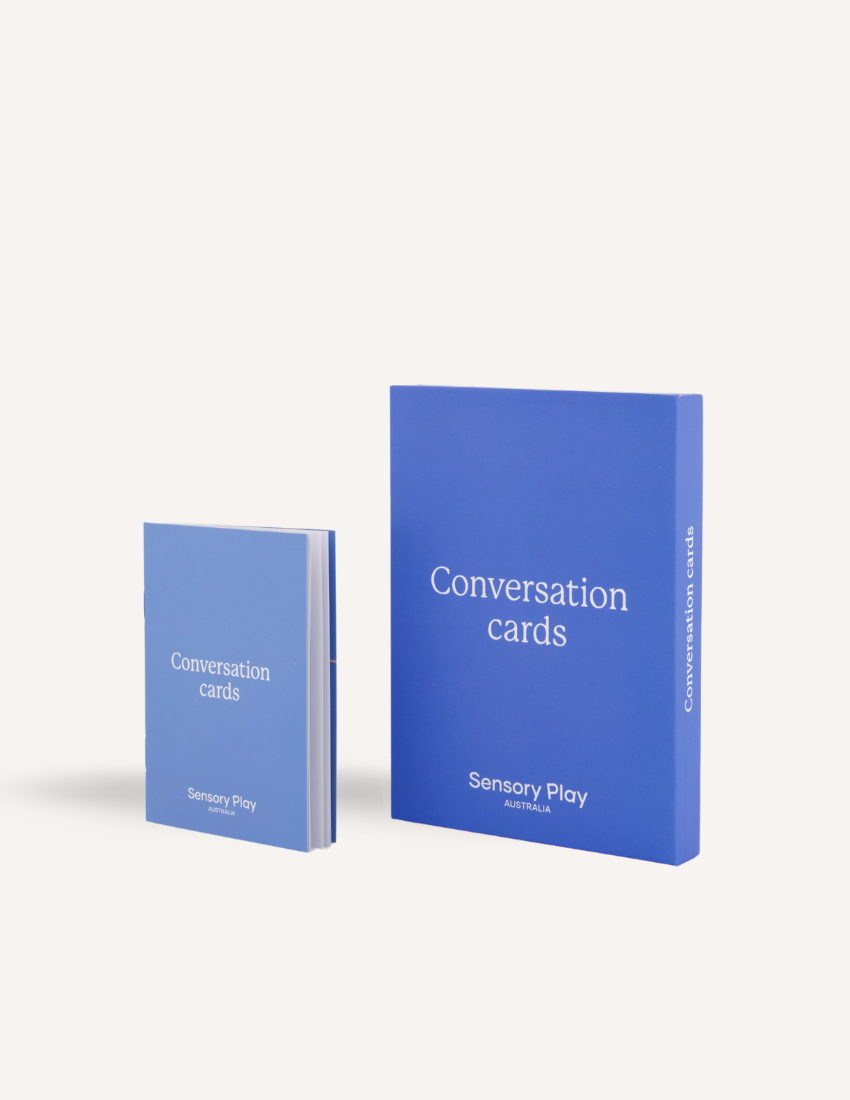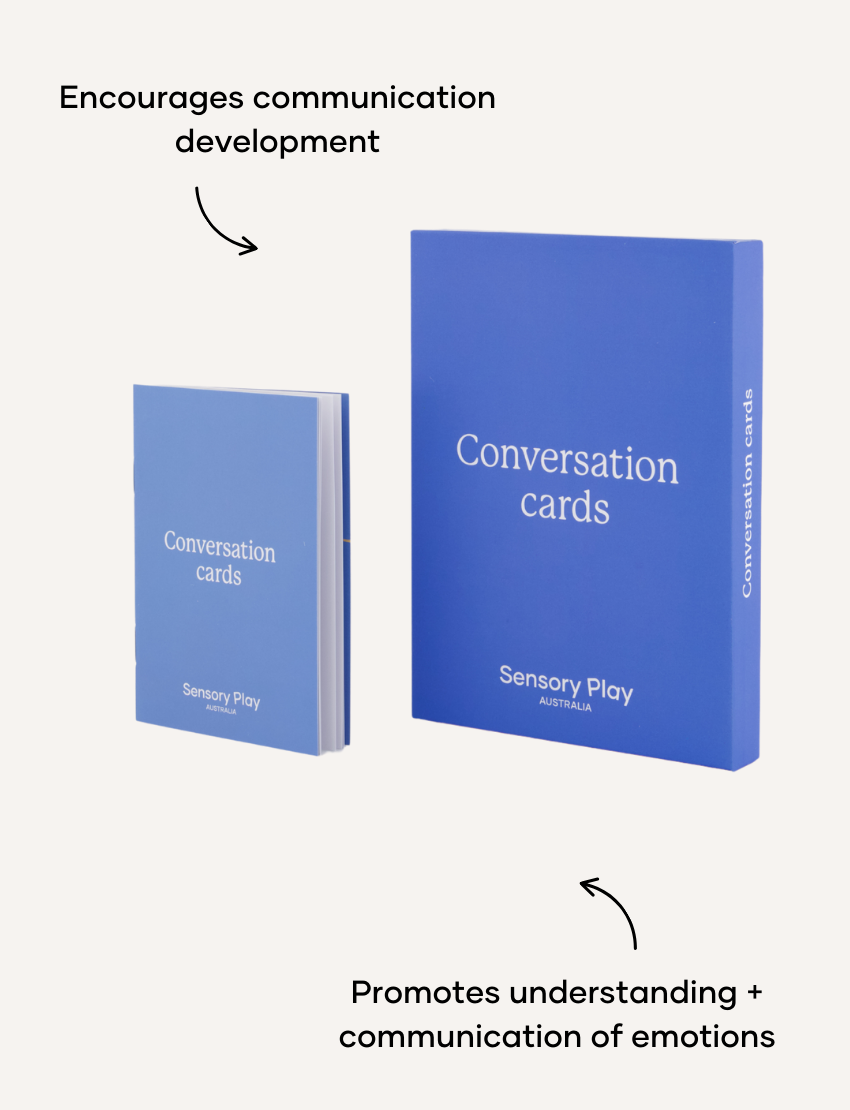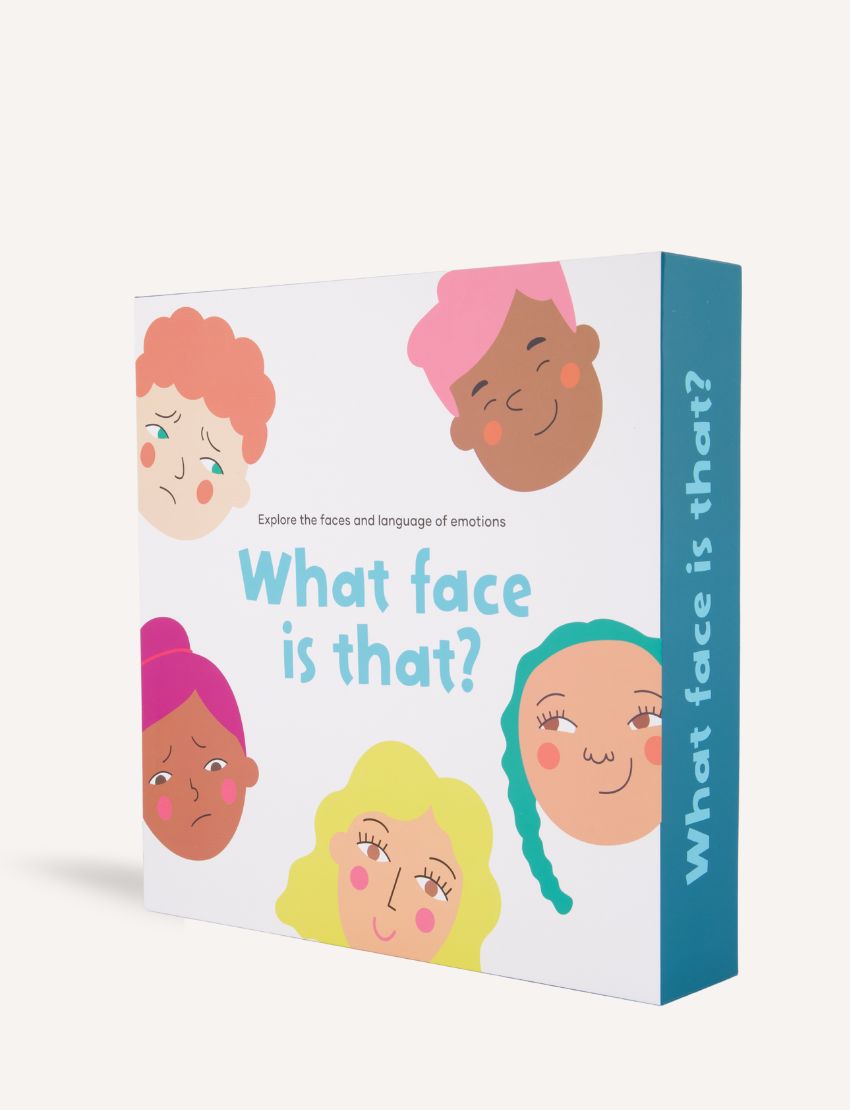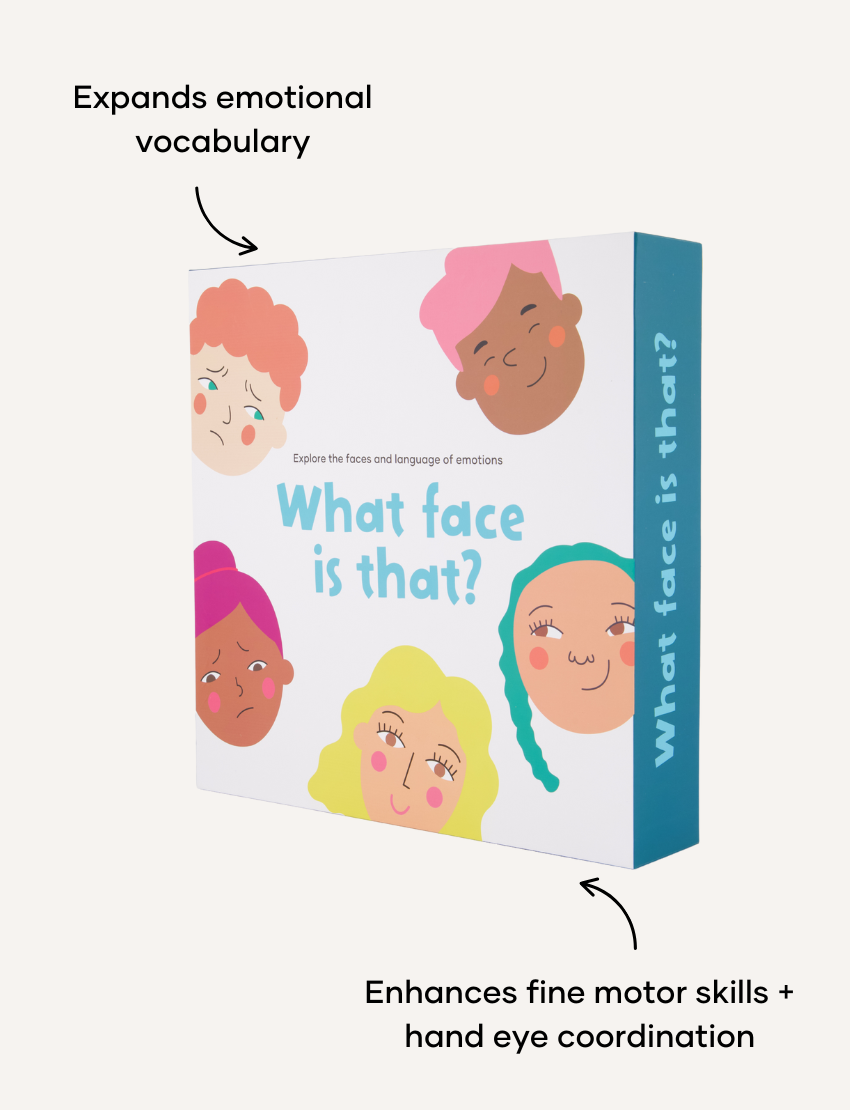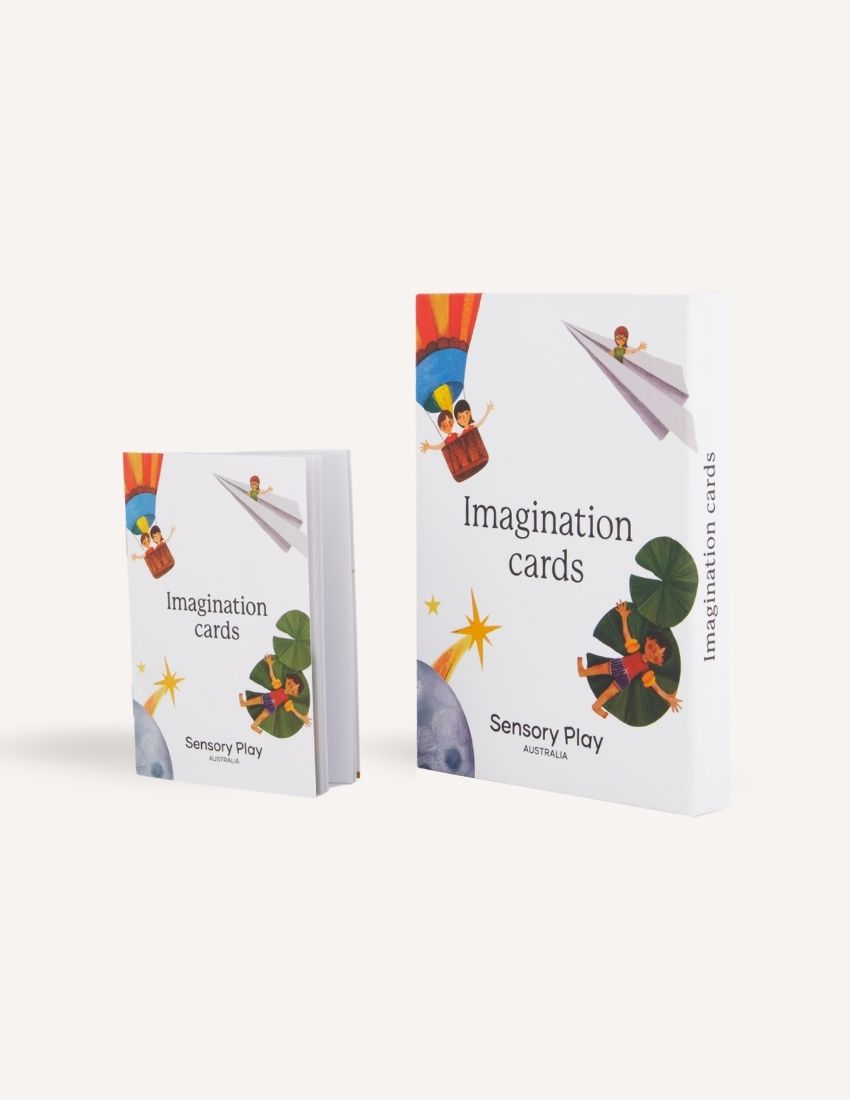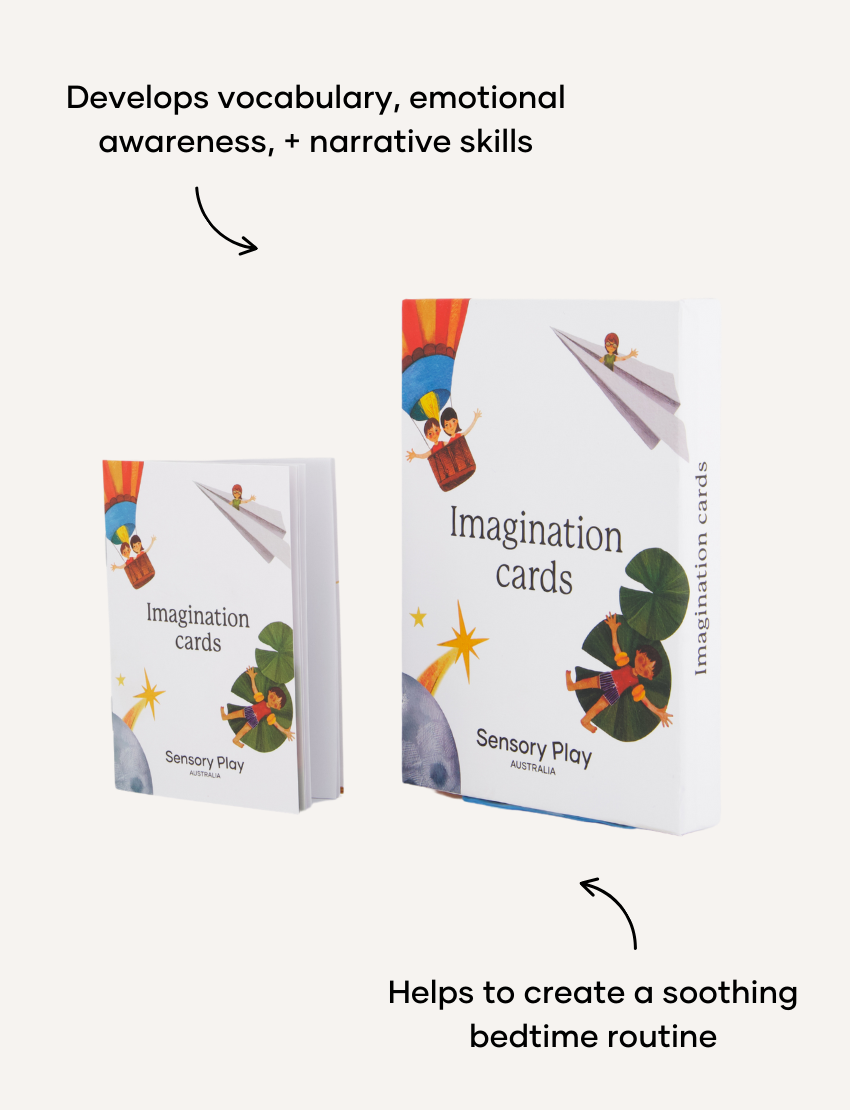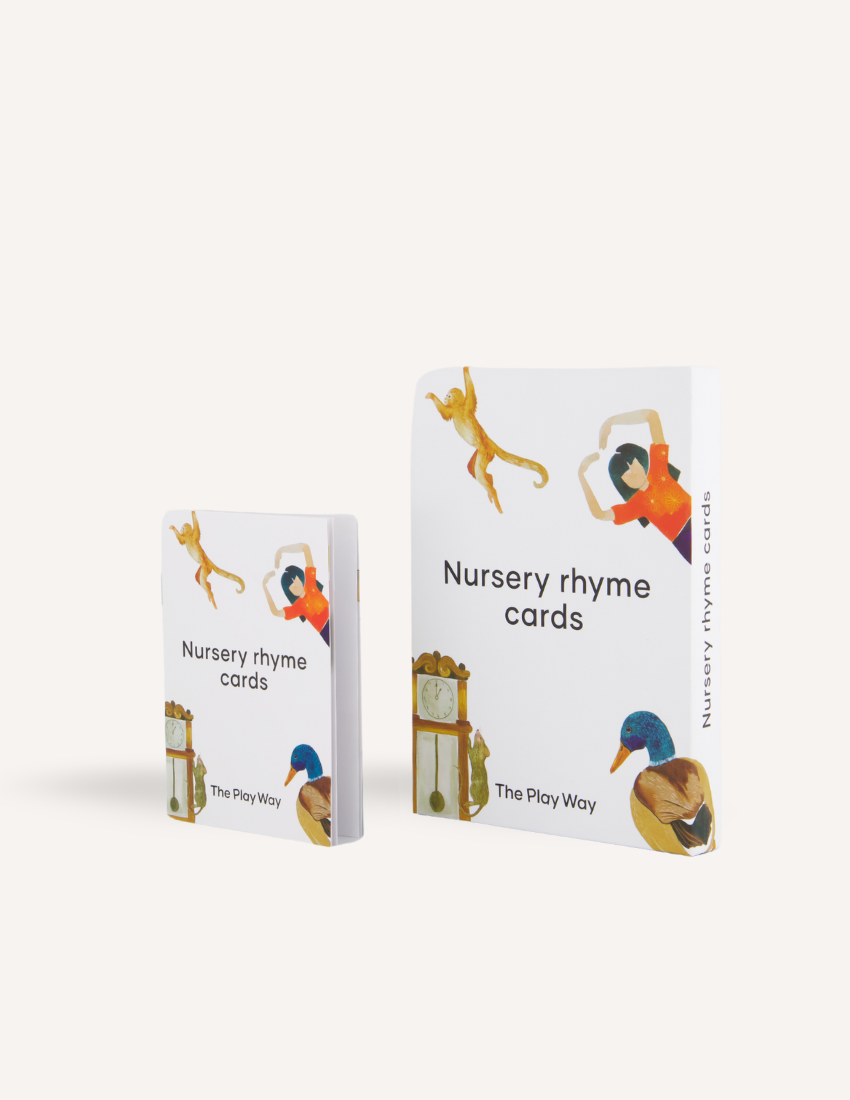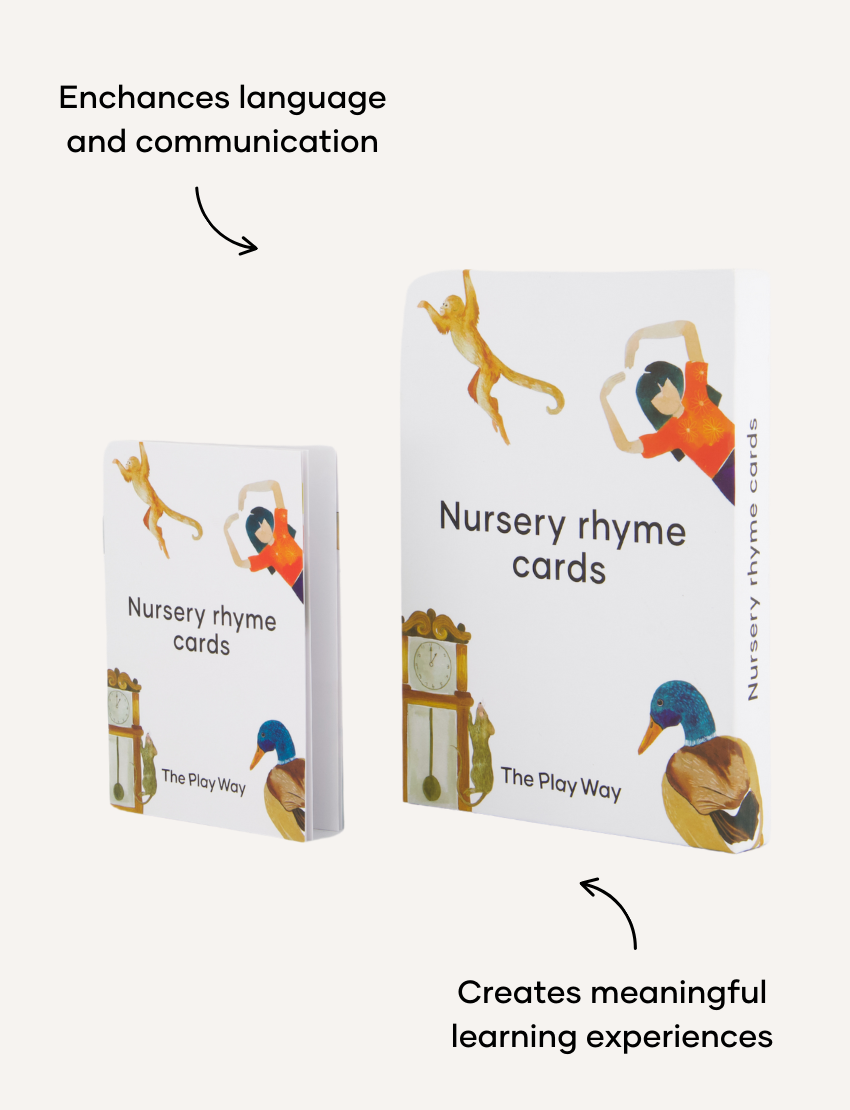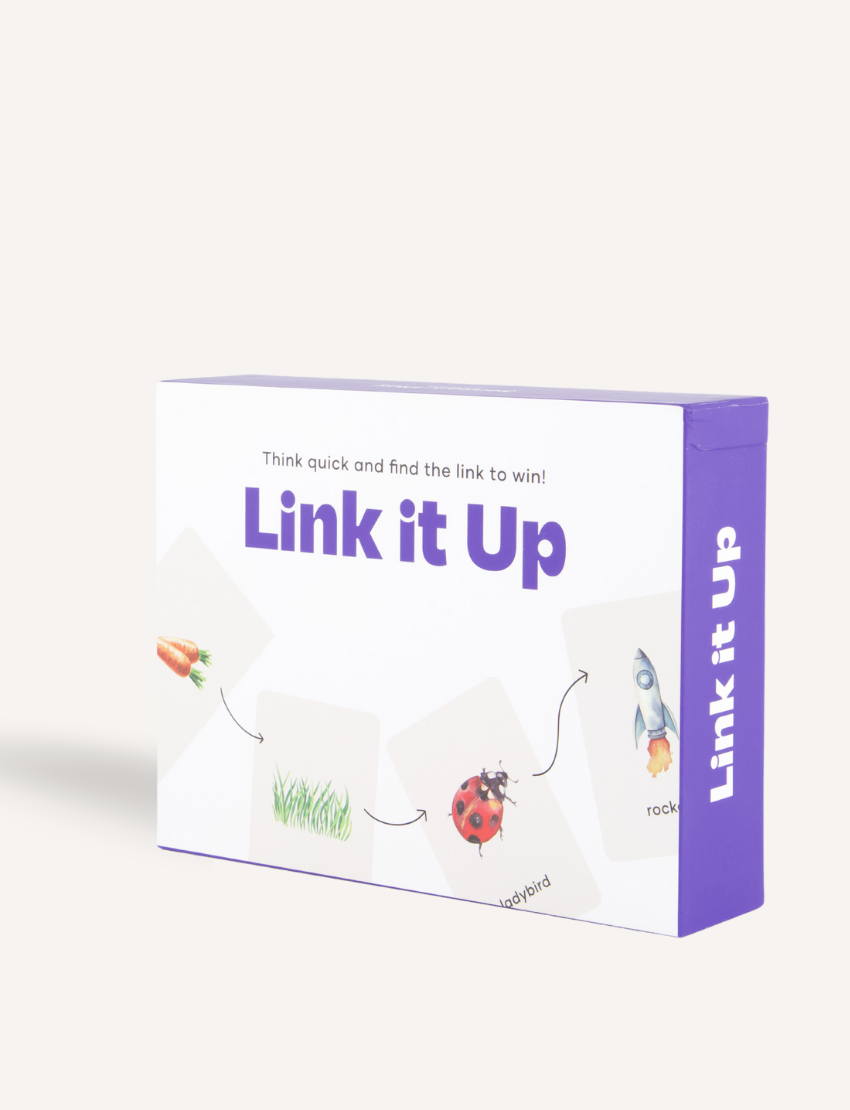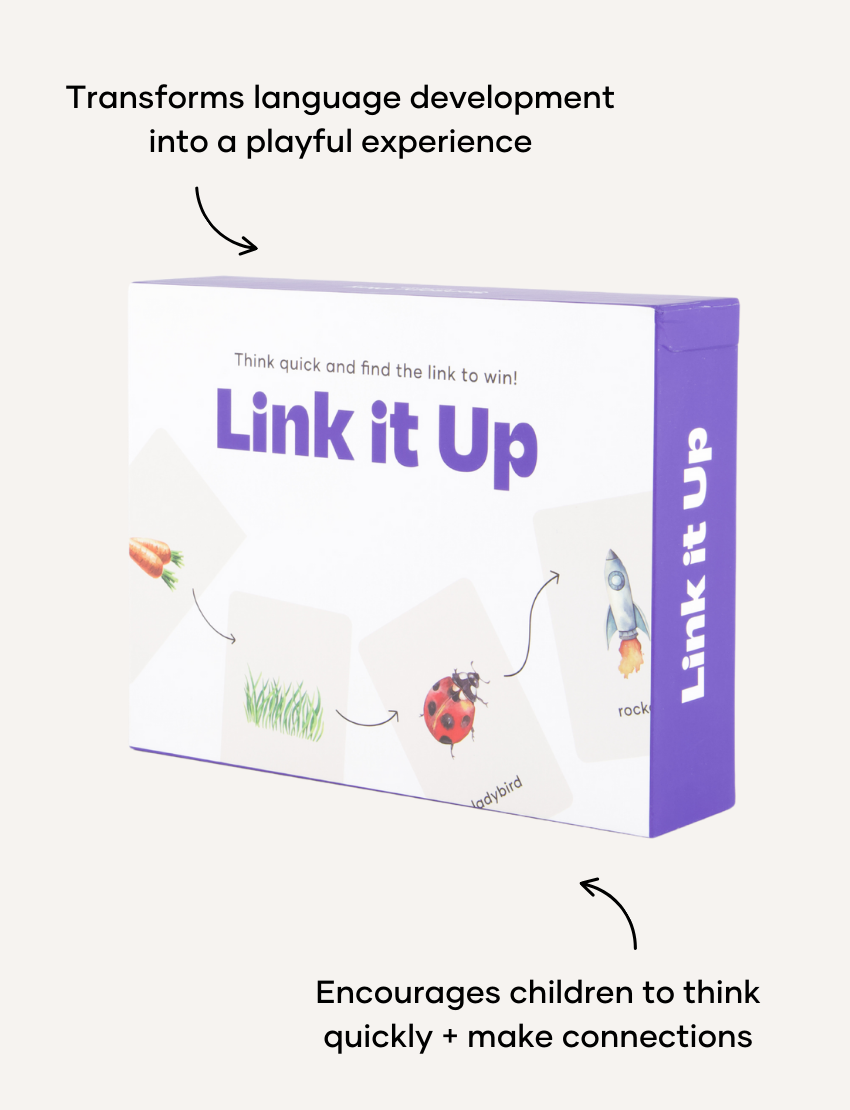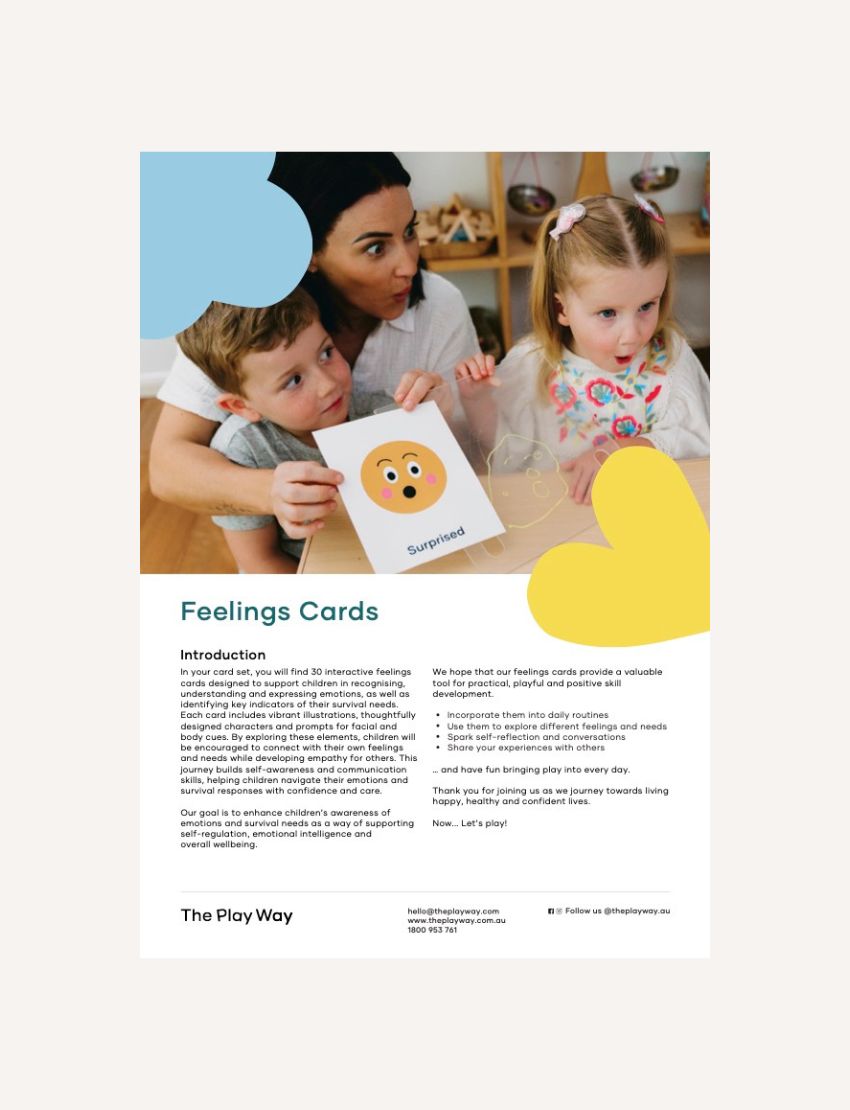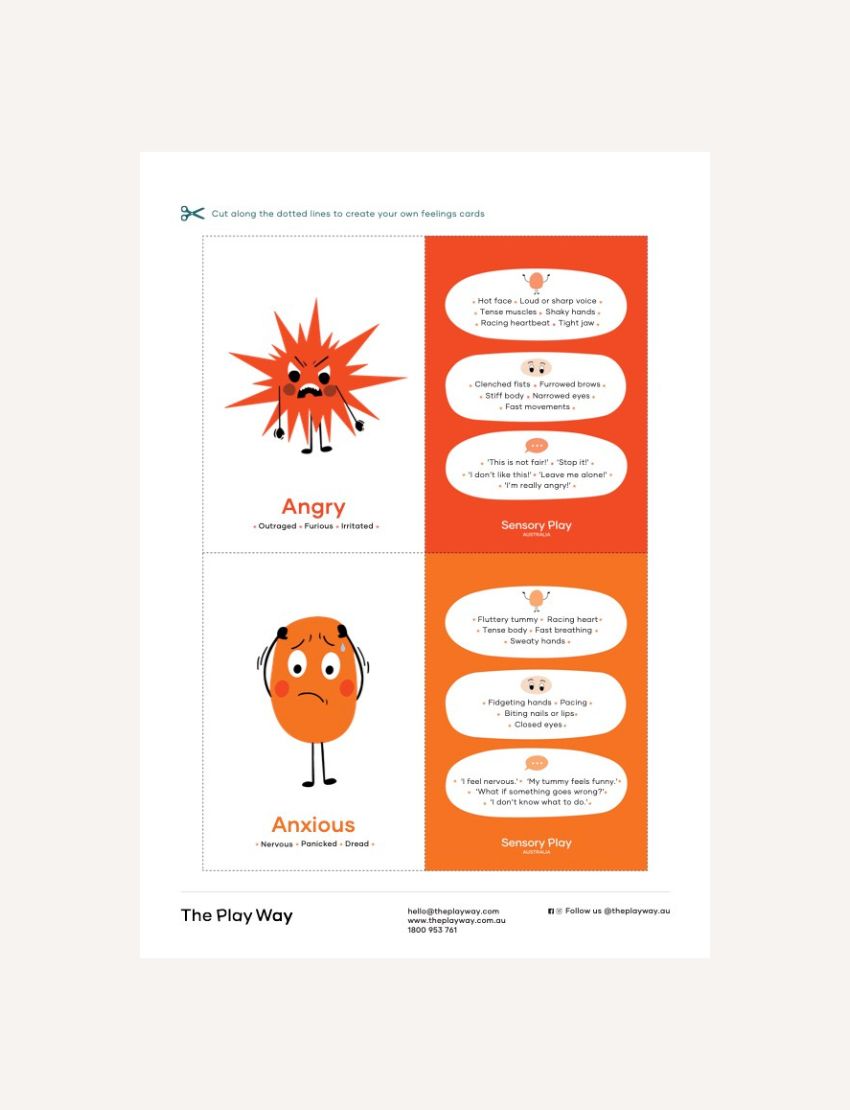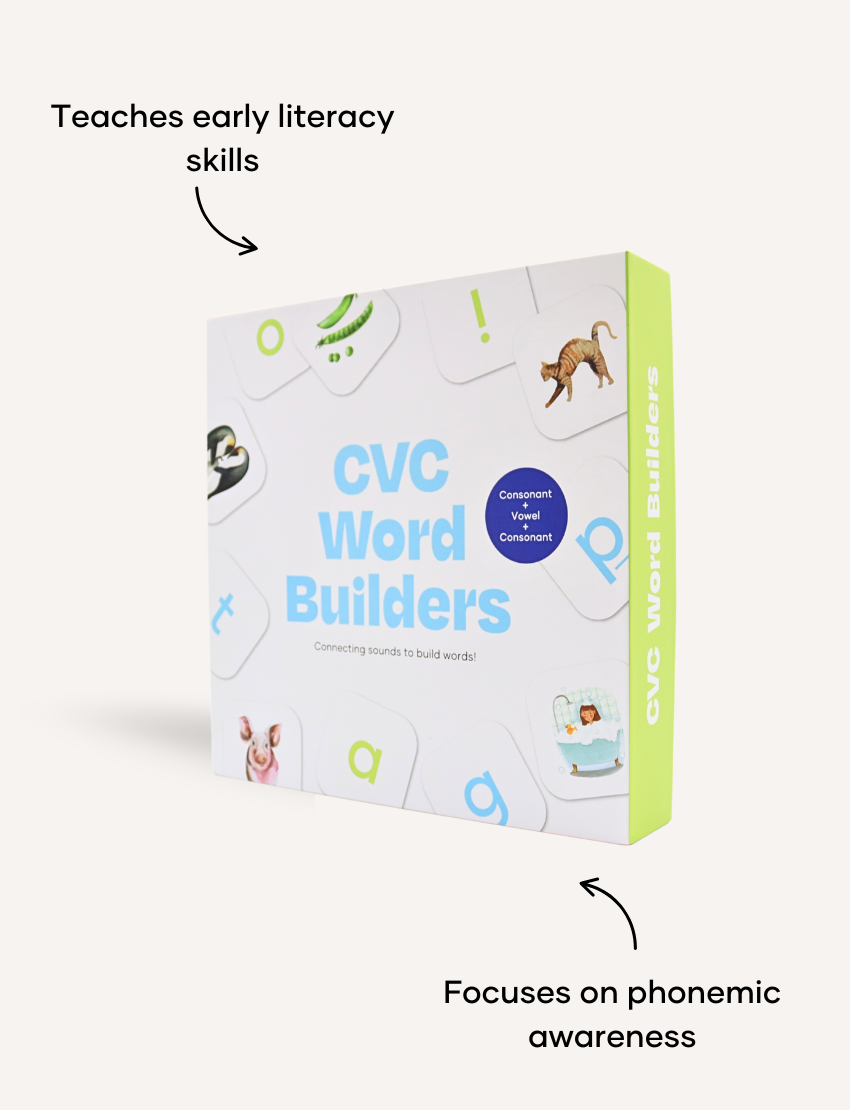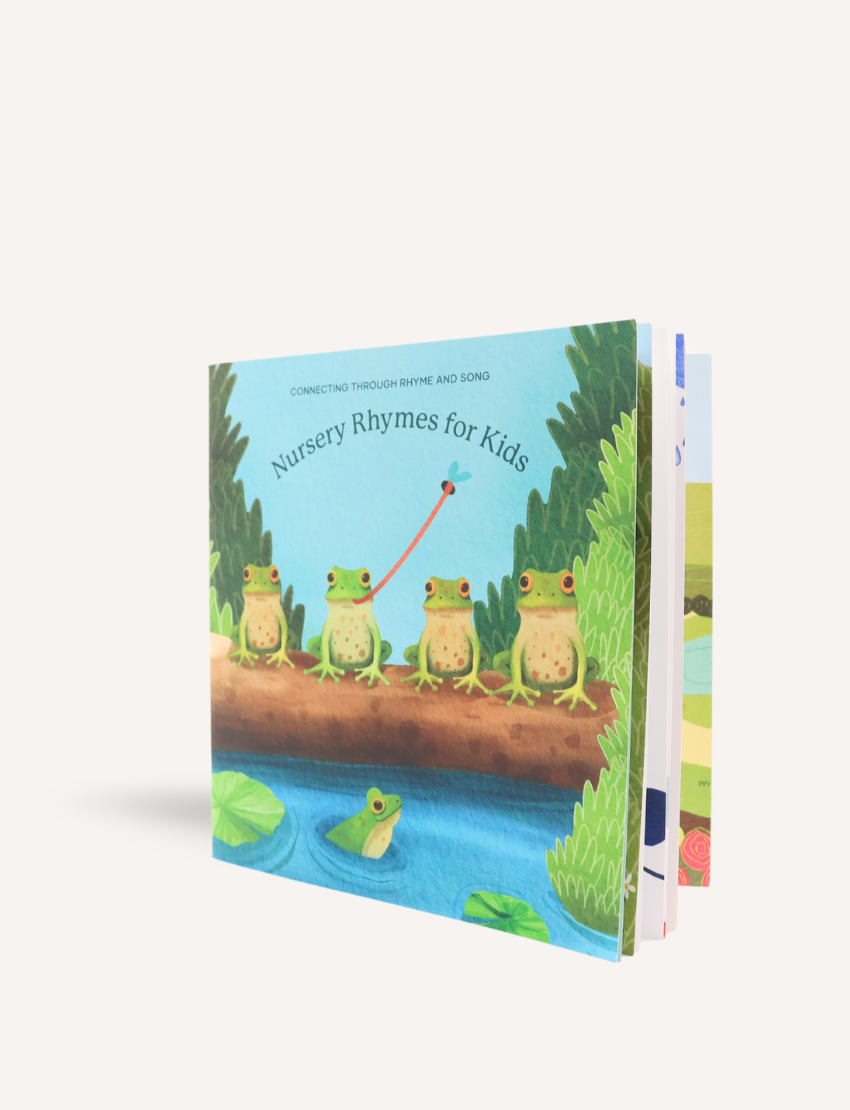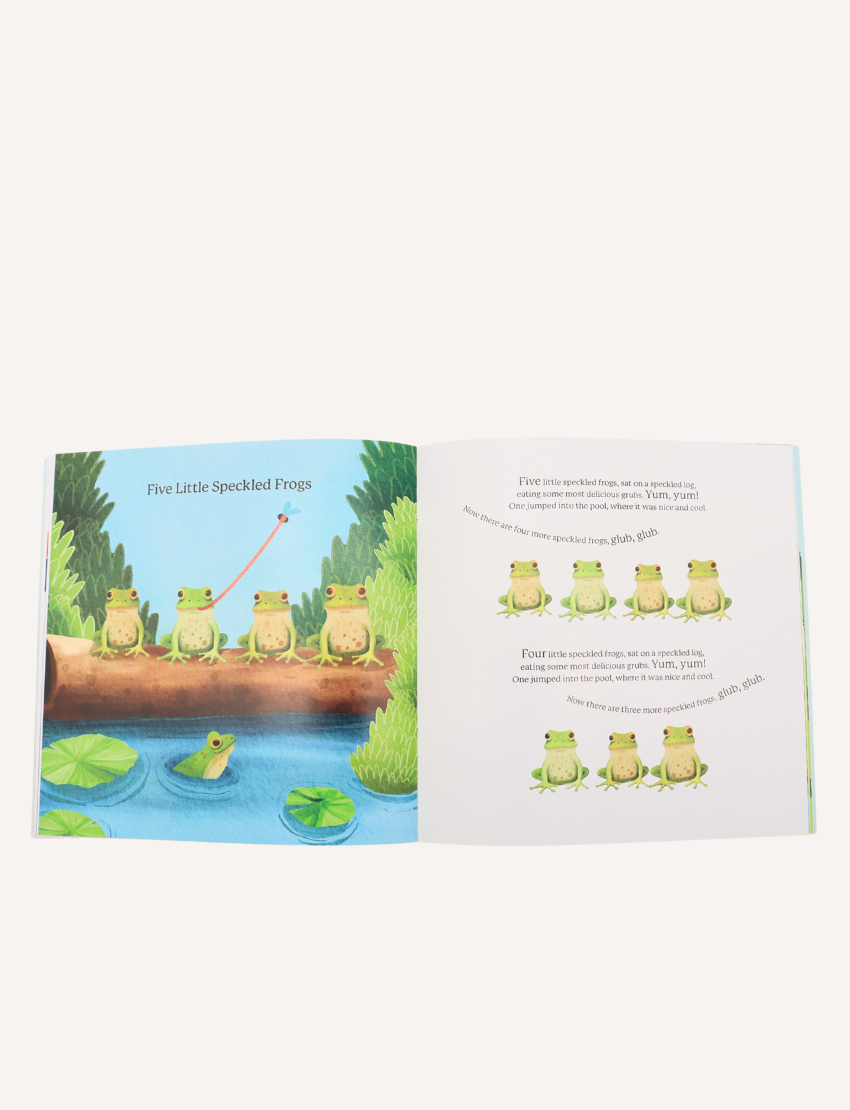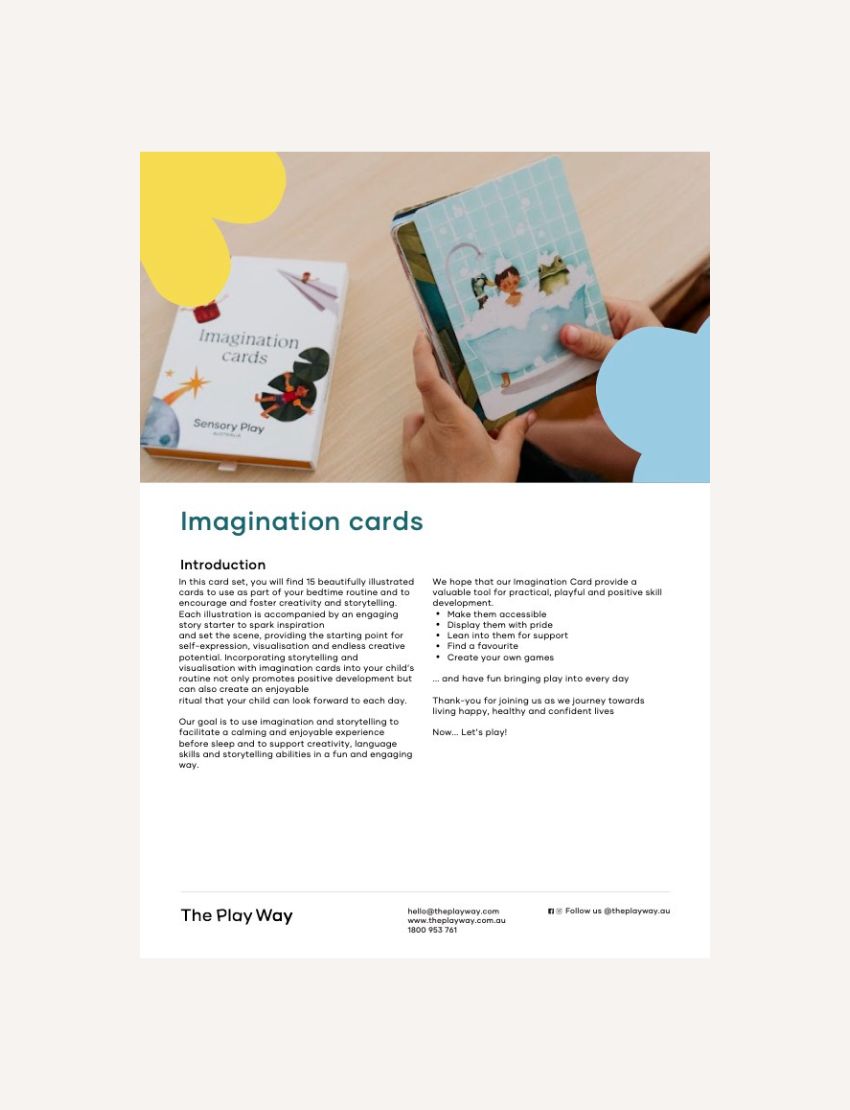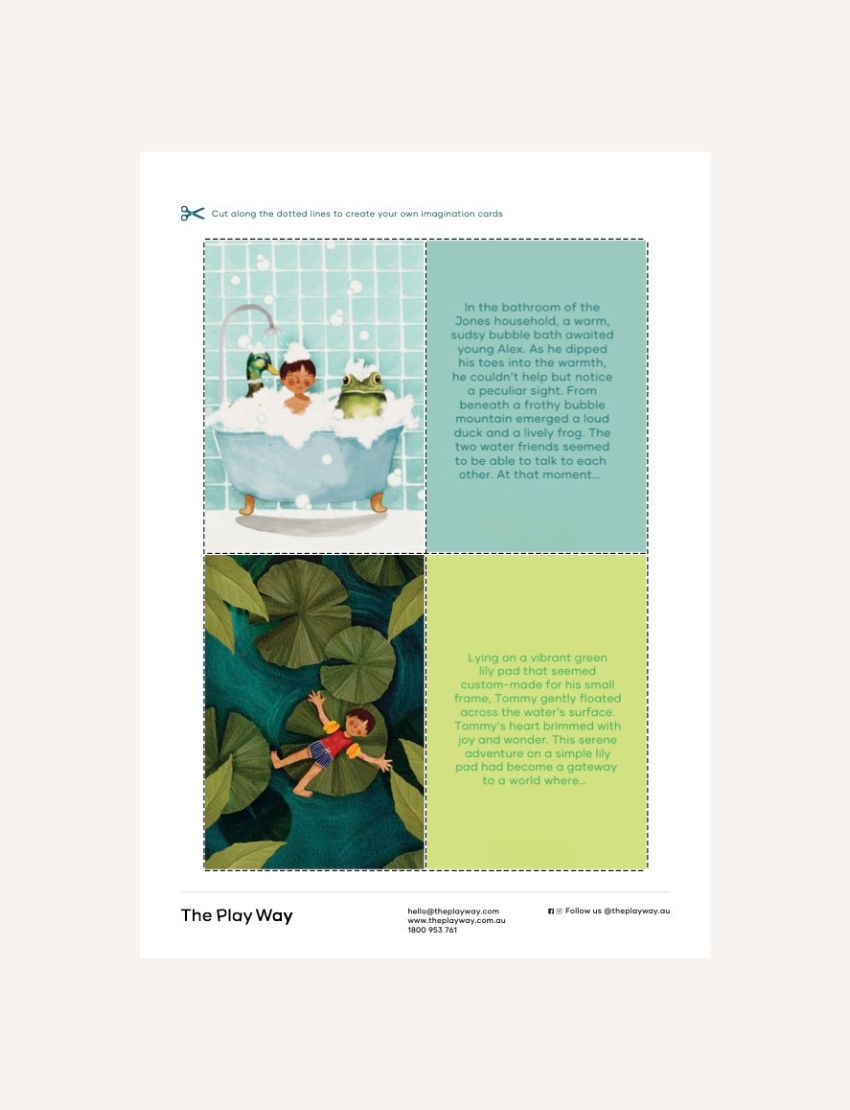Nurturing Language Through Play: Practical Activities for Early Years
As seasoned early years educators, you've witnessed the magic of play firsthand. And you're likely aware of the profound impact it has on language development, particularly in light of recent challenges. The COVID-19 pandemic, with its necessary mask-wearing and social distancing, inadvertently deprived many young children of vital opportunities for early language development. Facial expressions, a crucial component of communication, were hidden, and social interactions were limited.
You know that children aren't just filling time when they're playing; they're actively constructing their understanding of the world. And within this joyful exploration lies a wealth of opportunities to foster language skills. Think about it: every giggle, every imaginative scenario, every shared moment of play is a chance for children to expand their vocabulary, practice communication, and develop a love for language.
But how can we, as leaders and mentors, create environments that truly nurture this potential, especially in the face of developmental gaps? How can we move beyond traditional approaches and embrace play as a dynamic, engaging, and effective way to support language development? Let’s explore some practical, evidence-backed strategies that you can implement in your classrooms, empowering both your staff and the children they guide.
Practical Play-Based Language Activities:
-
Storytelling with Props:
-
Imagine the classroom transformed, with simple props sparking a flurry of imaginative tales. A scarf becomes a superhero's cape, a wooden spoon becomes a magical wand. It's amazing how these small additions can ignite children's language and creativity, as they weave their own narratives. This playful approach not only expands their vocabulary but also nurtures their emotional expression and narrative skills, laying the foundation for strong communication abilities.
-
Dramatic Play with Real-Life Scenarios:
-
Setting up these real-life scenarios in the classroom allows children to practice using language in meaningful ways. They're not just playing; they're learning to communicate, negotiate, and solve problems, all while having fun. These authentic experiences build essential social language skills and vocabulary related to everyday life, fostering confidence and competence in social interactions.
-
Sensory Play with Language Integration:
-
Weaving language into these sensory experiences deepens children's understanding of the world around them. "The sand feels cool and gritty. Let's build a tall, bumpy mountain!" Simple descriptions like these can make a world of difference, enriching their vocabulary and sensory processing abilities.
-
Rhyme and Song Time:
-
The rhythm, the repetition, the sheer joy of singing along—these simple activities build crucial phonological awareness, laying the foundation for literacy. They also enhance auditory processing skills and memory, supporting overall language development in a fun and engaging way.
-
Open-Ended Questioning During Play:
-
Instead of asking "What color is this?", try "Tell me about what you're building." This small shift encourages children to express their thoughts and ideas, fostering deeper communication and critical thinking. By prompting them to elaborate and explain, we support their ability to form complex sentences, use descriptive language, and articulate their reasoning.
Creating a Language-Rich Environment:
Remember, creating a language-rich environment is not just about planned activities. It's about fostering ongoing conversations and interactions throughout the day.
-
Model rich vocabulary during play, exposing children to a wide range of words and phrases.
-
Create opportunities for children to play together, fostering peer interaction and communication.
-
Use visual aids like pictures, boardgames, books and cards to support language learning.
By integrating these play-based strategies into your early years classrooms, you can create a dynamic and engaging learning environment that nurtures language development and empowers children to thrive.


